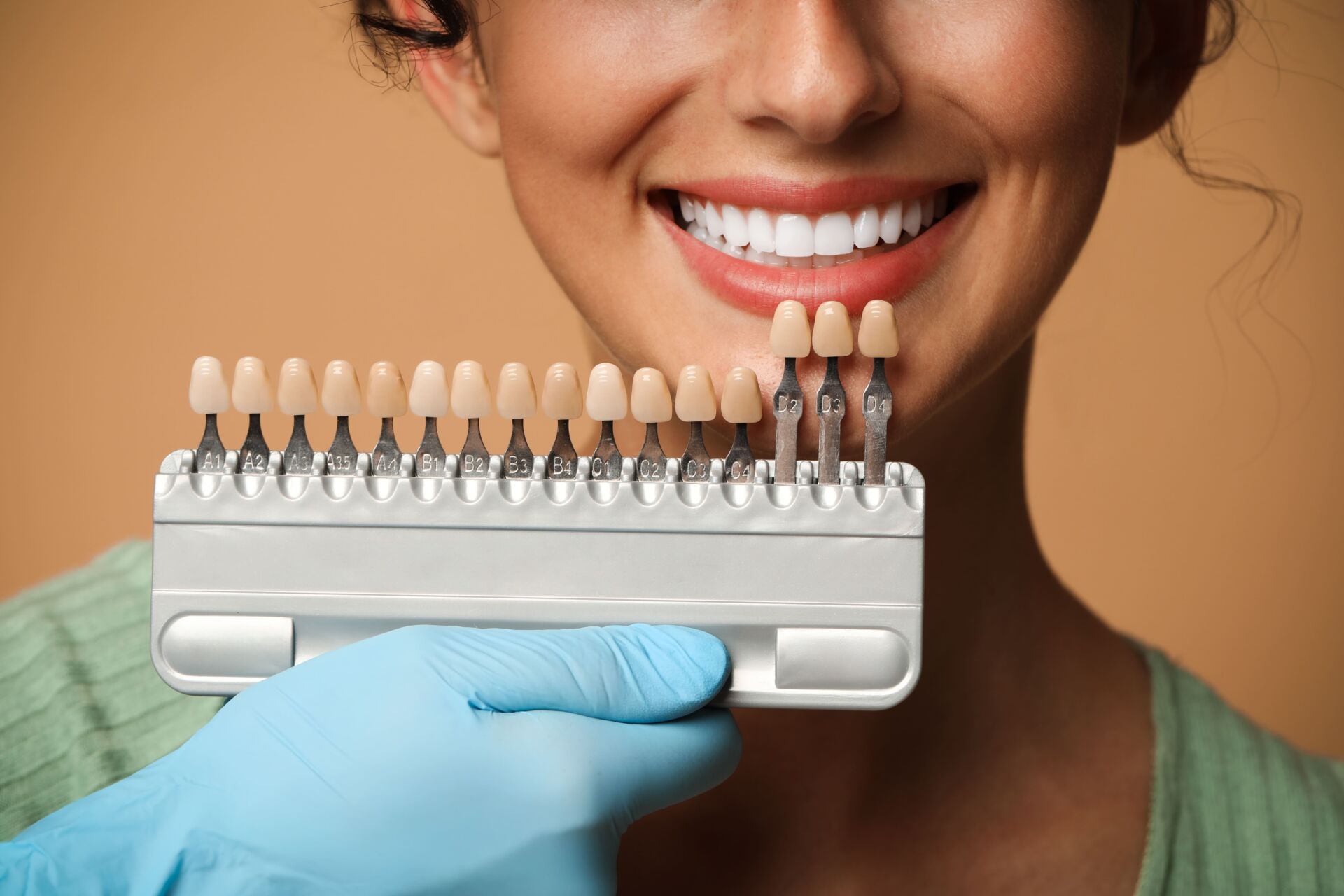You may have never heard of the condition patulous eustachian tube before this past spring, when pop star Celine Dion cited it as the reason she was indefinitely shutting down her Las Vegas show, but for the estimated 1 percent of the population who suffer from it, the condition is all too familiar.
Patulous eustachian tube occurs when the eustachian tube of the ear remains open instead of closed, such as after sneezing, swallowing or yawning. The eustachian tube generally remains closed, opening only to regulate airflow around the eardrum. When it doesn’t close automatically, it can cause something called autophony. Autophony is described as “the hearing of self-generated sounds,” i.e. hearing yourself breathe or chew, hearing your own heartbeat, or hearing yourself speak as if through a tunnel.
So, what causes this rare condition – and what can you do to stop it from happening? Dr. Alexandra George of Wexford, Pennsylvania, says that one common cause of patulous eustachian tube is another somewhat rare condition called temporomandibular joint (TMJ) disorder. It is estimated that TMJ disorder affects approximately 10 million Americans, but many people don’t realize they have it, so those numbers could be much higher.
“Many times, people don’t know to connect the dots on their symptoms and end up treating each piece separately,” says George. “The problem is, when you do that, the symptoms never really go away.”
According to George, a few of those symptoms are auditory – including tinnitus and, yes, patulous eustachian tube. But why would a condition of the jaw affect your hearing?
“The temporomandibular joint is the joint that connects the lower jaw to the rest of the skull,” says George. “It connects to the head right below the ears, so when there’s strain on the TMJ, it can be experienced in the ears.”
And that’s not the only place, either. According to George, TMJ sufferers frequently complain of neck pain, back pain, migraine headaches and of course more common symptoms like jaw pain and the inability to open and close their mouths. But patulous eustachian tube is an extremely rare occurrence – even among TMJ sufferers.
Still, there is strong suggestion that the two conditions are linked. According to George, patulous eustachian tube sufferers are usually women above the age of 30. Similarly, TMJ disorder sufferers are usually women who are childbearing age or older.
The good news is that, unlike TMJ disorder, patulous eustachian tube usually goes away on its own with time, though doctors may prescribe decongestants for treatment in the meantime. Unfortunately, TMJ disorder is much harder to get rid of – but treating it is worth it, according to George.
“We recommend neuromuscular orthodontics for treating TMJ disorder,” she says. “That gets your teeth and jaw back into proper alignment. Once you’ve got that, the other problems should go away on their own.”



